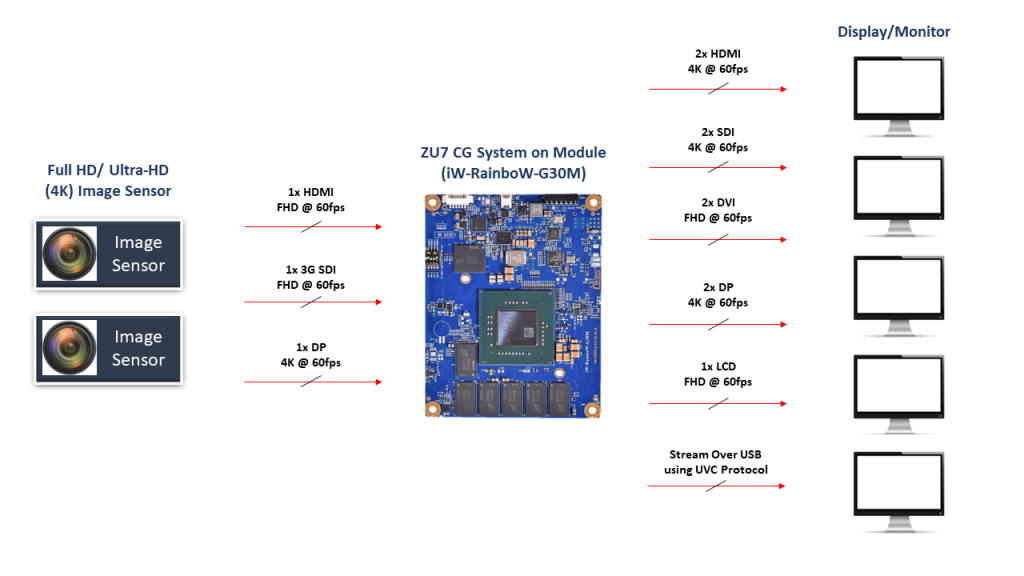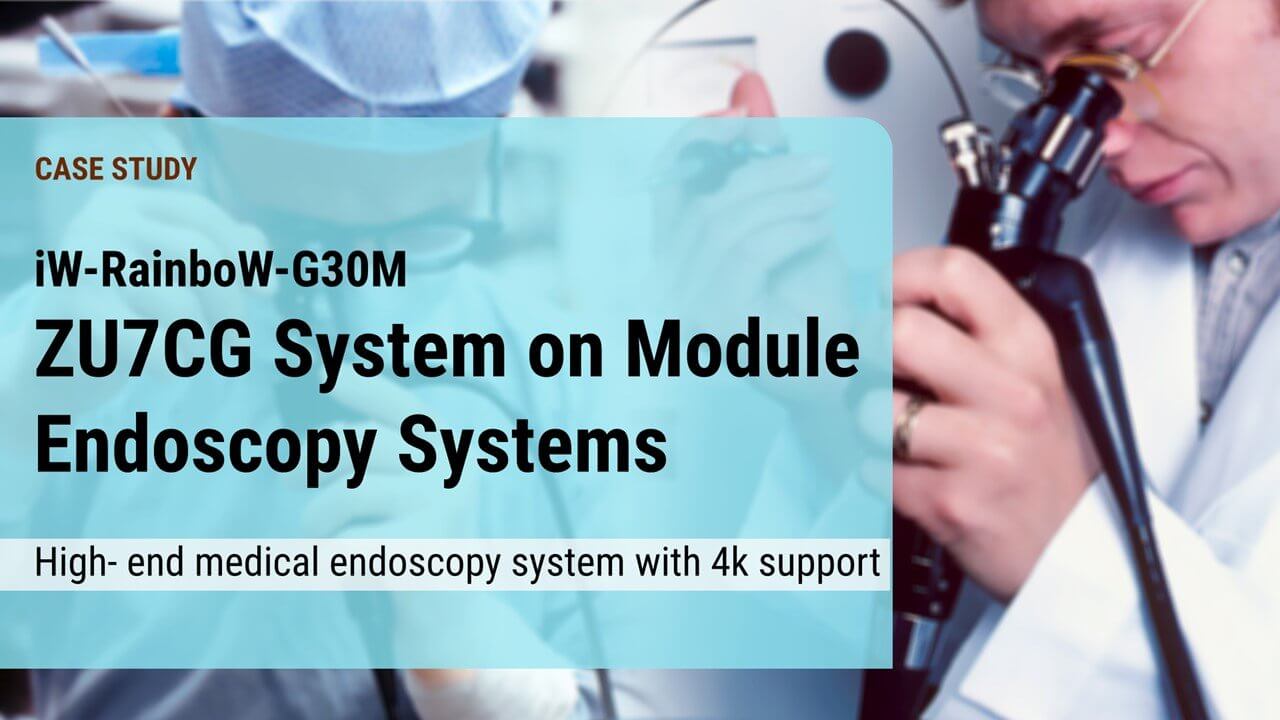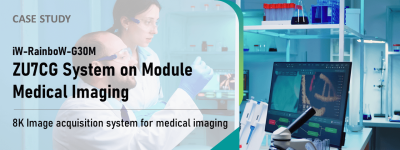- Products
- Automotive
- Avionics
COTS Module
- Zynq RFSoC ADC DAC PCIe Card
- Agilex 7 SmartNIC Card
- ZU7/ZU5/ZU4 PCIe SmartNIC Card
- ZU19/17/11 PCIe SmartNIC Card
- PCIe Switch Module
- PCIe to SD 3.0 M.2 Module
- Kintex-7 PCIe Card
- Zynq ZU7/ZU5/ZU4 3U-VPX
- Virtex UltraScale+ 3U VPX
- Kintex UltraScale+ 3U VPX
- Zynq ZU19/17/11 3U VPX
- Kintex-7 3U VPX Card
- VITA 57.4 FMC+ Loopback Test Module
- VITA 57.1 FMC Loopback Test Module
- PCIe Gen4 x8 FMC Module
- PCIe Gen4 x16 FMC+ Module
- PCIe Gen3 x8 FMC Module
- Quad QSFP28 FMC+ Module
- FMC Add-On Cards
- IP Cores
- ODM Solutions
- Custom Design
- Company


Get a Quote
Please fill in the form and we will get back to you soon!
We appreciate you contacting iWave.
Our representative will get in touch with you soon!

Get in Touch
We appreciate you contacting iWave.
Our representative will get in touch with you soon!
Thank you for subscribing to our newsletter!
Case Study: ZU7CG SOM for Endoscopy System
The growth of minimally invasive surgery (MIS) has made endoscopes an essential part of improved surgical procedures. A typical endoscopy system consists of a camera head with a light source, a camera control unit, and an image management unit. An endoscope with a camera and light source is inserted to take images of the area of interest.
Surgical procedures using endoscopy require real-time or near real-time response, followed by image enhancement and scaling operations. Various interconnections and processing tasks of endoscope systems are handled by multiple different logic devices. Due to the different interface requirements of these devices, a versatile interconnect solution is needed. Hence, having versatility and high bandwidth together places a heavy burden on system components and devices.
A leading provider of medical diagnostic equipment approached iWave with a requirement for a powerful FPGA platform that can process the input data from a camera and display it on two different monitors in near real-time. The processing platform should have the ability to support high-definition and 4K visualization surgical displays of different configurations.
Key challenges in an endoscopy system
- Multiple display interface support (SDI/HDMI/DP/DVI/LCD/USB)
- Video scaling up to 4K resolution
- Near real-time video capture and image analytics
- 2x HDMI, 2x SDI, 2x DVI, 2x DP
Solution highlights
With the above challenges and requirements in mind, iWave proposed the System on Module based on the Xilinx Zynq UltraScale+ MPSoC ZU7CG SoM.
- FPGA: ZU7CG System on Module (iW-RainboW-G30M)
- Design and development of custom hardware
- Customize input streams based on the type of display
- Flexible connectivity to display monitor and network
- No restriction to protocol usage
- Real-time video capture and streaming

The adaptive ZU7CG System on Module (SoM) supports dual 4K image sensors on the camera head to capture high-speed raw images from the sensors at 60 frames per second speeds. The video streams are fed to one or more FPGA SoC devices (ZU7CG SoM) to perform image pre-processing, and streams are displayed near real-time using display interfaces on a monitor for the surgeon to view. The camera control unit performs corrections to pictures, color, and noise.
The embedded processors on the ZU7CG SoM handle all the functions, from capturing the raw data from cameras to transmitting it to the surgical display to provide a crisp view of the surgical field. Zynq UltraScale+ MPSoC SoM supports a variety of interfaces simultaneously, such as HDMI, SDI, DVI, LCD, DP, and USB, since different surgery theaters are equipped with discrete displays and cameras. These interfaces are supported in pairs to help surgeons on either side of the patient to access and view data on the display monitors placed on opposite sides.
SoC FPGA-based System on Modules has seen much greater adoption in these products, due to their leading-edge processing technology. They provide a complete design environment to offer real-time, low-latency, high-bandwidth computation-intensive functions required for endoscopy. As a result, it greatly reduces the need for challenging and expensive physical PCB-level connectivity.
iWave took complete ownership of the design and development of the custom hardware, RTL development, and petalinux development reducing the design cycles. A comprehensive ecosystem was provided around the hardware, software, and FPGA for the customer to quickly get started with the development of their final product.
More information on the Zynq® Ultrascale+™ MPSoC development platform can be found here.
If you have any further queries, please contact us at mktg@iwavesystems.com.
Keep reading
iWave is an embedded systems engineering and solutions company, designing solutions for the Industrial, Medical, Automotive and Avionics vertical markets, and building on our core competency of embedded expertise since 1999. Read More…
Newsletter
Copyright © 2022 iWave Systems Technologies Pvt. Ltd.



